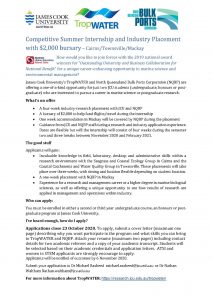James Cook University will have a leading role in safeguarding the reef as it begins a new $5 million, five-year partnership with North Queensland Bulk Ports Corporation (NQBP).
The environmental monitoring agreement expands the current three-year partnership JCU has to track the health of the marine environment around NQBP’s ports at Mackay, Hay Point, Abbot Point and Weipa and will enable new PhD and BSc scholarships based on the work.
Associate Professor Michael Rasheed from JCU’s Centre for Tropical Water and Aquatic Ecosystem Research (TropWATER) is co-director of the project.
Dr Rasheed said NQBP’s operational footprint offered a one-of-a-kind opportunity for marine science research and student learning as the government-owned corporation has three ports adjacent to the Great Barrier Reef.
It is the only port authority in the world with three priority ports located on the shores of a World Heritage Area; facilitating $40bn of trade globally, while supporting 27,000 Queensland jobs in agriculture and mining.
“They take their environmental responsibilities very seriously. To this end, JCU provides scientifically robust and credible information on key port marine environmental assets for government agencies, stakeholders and the community,” said Dr Rasheed.
He said that over the next five years, JCU researchers will introduce remote camera systems to replace divers, trial next generation photomosaicing, use Under Water Automated (UAVs) and bring in Remote Operated Vehicles (ROVs) and improved sensors and data loggers.
Professor Marcus Lane JCU’s Deputy Vice Chancellor said the partnership will introduce new scholarships for two PhD and five Bachelor of Science students to work on science relevant to applied management in the port industry.
He said NQBP will provide five $5,000 per annum scholarships for Bachelor of Science (Marine Science) students for three years, a total commitment of $75,000. NQBP and JCU will also fund one PhD scholarship each, worth a combined $200,000 over three years. In addition 10 internships for undergraduate students will be offered.
“This partnership aligns with JCU’s commitment to making sure marine science graduates are some of the best prepared in Australia for employment opportunities in their field,” said Professor Lane.
Dr Nathan Waltham, from TropWATER, is a co-director of the project, and Deputy Director of JCU’s Marine Data Technology Hub. He said the monitoring program is conducted year-round and includes ongoing site visits across NQBP’s Queensland port facilities.
“The program’s footprint is extensive and continually provides our researchers with marine water quality, seagrass and coral monitoring data. We are also embracing new technology in marine monitoring, as part of our continual improvement and integration of 21st Century technology and learning,” Dr Waltham said.
He said the experience of NQBP’s sustainability and environment team will also make an impact in the lecture hall by way of guest appearances.
“Since 2017, JCU students have worked directly with NQBP staff learning valuable insights about the important marine habitat management in the Great Barrier Reef World Heritage Area. NQBP staff also share their knowledge by presenting at guest lectures for our students,” Dr Waltham said.
Dr Rasheed said other opportunities were also on the horizon for JCU students.
“Looking ahead, while this partnership is built on marine environmental science there are also good opportunities to expand into other areas where NQBP and JCU share interests such as engineering, safety and commerce,” said Dr Rasheed.
JCU Vice Chancellor Professor Sandra Harding said it was an important partnership that stretched back over 25 years.
“Both JCU and NQBP have an enduring commitment to and expertise in the north – the new agreement is a perfect match of capabilities and experience that will benefit the university and its students, the ports and their employees and the environment we enjoy here in the tropics,” she said.
Data collected by the partnership, available on dashboards via NQBP’s website, is used to inform local marine health and reef reporting information.
NQBP CEO Nicolas Fertin says the partnership will build on the “exceptional success” of the three years of the previous arrangement which commenced in 2017.
“The vision is to be the world’s leading university and port industry partnership – and the work we’ve done already has laid some integral foundations,” Mr Fertin said.
“We want to deliver best practice science, monitoring and management of port marine environments while training the next generation of industry and job-ready science graduates.”
Mr Fertin said the work with JCU was key to NQBP’s world-leading environmental approach.
“Extensive ambient marine environmental monitoring of water quality, coral and seagrass by JCU is used to assist NQBP to ensure risks to the environment are managed and ships continue to flow in and out of our ports,” Mr Fertin said.
“The protection of the reef and local environment is of paramount importance to us. The environment is central in our planning, everyday operations and other important activities such as maintenance dredging which ensures trade keeps flowing to service the Queensland economy.”
Video of JCU environmental monitoring operations in the port of Weipa available here
Please see accompanying media alert for details of a media call at JCU Townsville, 10.15am tomorrow, Friday 25 September.
Contacts:
Dr Nathan Waltham (JCU Townsville)
M: 0411 161 161
Dr Michael Rasheed (JCU Townsville)
M: 0400 715 097
Tom Davis (NQBP)
M: 0450 325 047
Background:
The seagrass monitoring program covers 30,000 hectares across NQBP’s four trading ports.
Measurements are taken by high frequency water quality loggers which record water depth, root mean square water depth (RMS), temperature, turbidity and photosynthetically active radiation (PAR) every 10 minutes.
With 17 permanent loggers across the four ports, there are almost 900,000 individual marine water quality records collected every year.
 The recent 2021 Barra Bash at Lake Tinaroo was about angler participation and the elusive big barramundi, but emerging citizen scientists also investigated an unwanted species that has become established in the reservoir. The annual fishing tournament is a premier event on the north Queensland angling calendar and is run superbly by the Tableland Fish Stocking Society.
The recent 2021 Barra Bash at Lake Tinaroo was about angler participation and the elusive big barramundi, but emerging citizen scientists also investigated an unwanted species that has become established in the reservoir. The annual fishing tournament is a premier event on the north Queensland angling calendar and is run superbly by the Tableland Fish Stocking Society.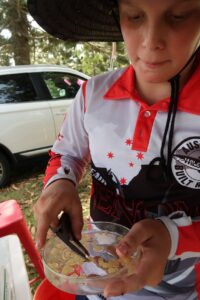

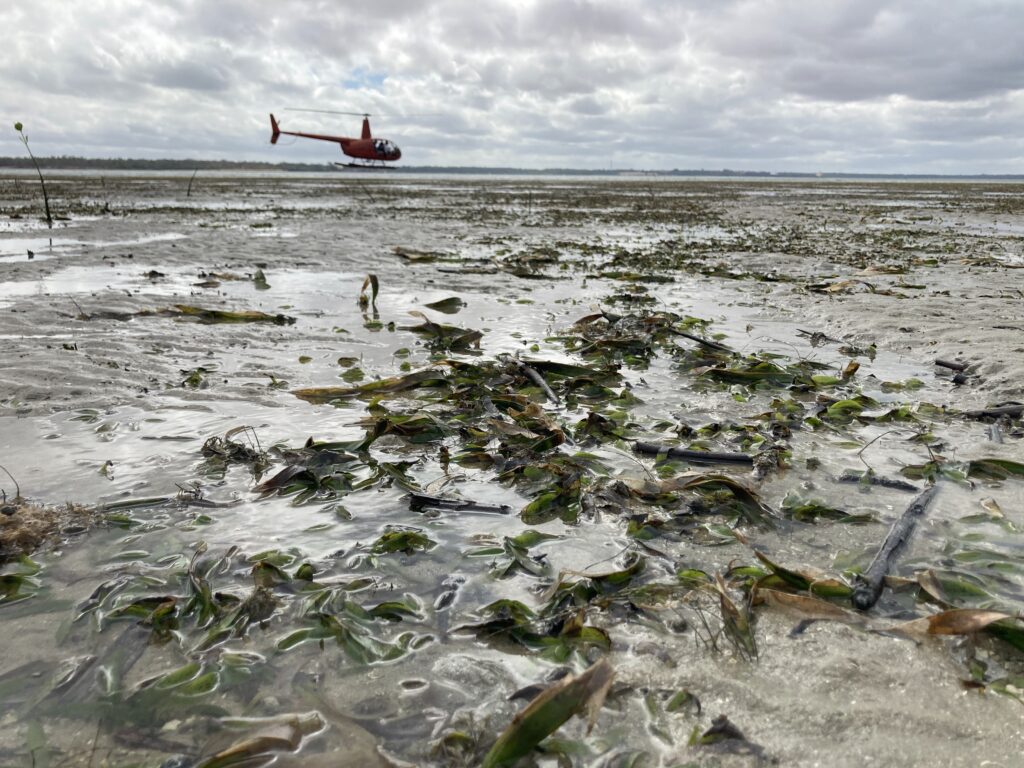
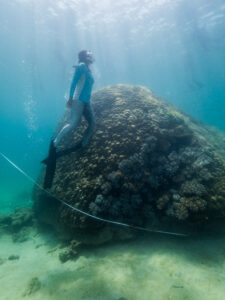 “Using calculations based on rock coral growth rates and annual sea surface temperatures, we think it’s between 421 and 438 years old and predates European exploration and settlement of Australia,” said Dr Smith.
“Using calculations based on rock coral growth rates and annual sea surface temperatures, we think it’s between 421 and 438 years old and predates European exploration and settlement of Australia,” said Dr Smith.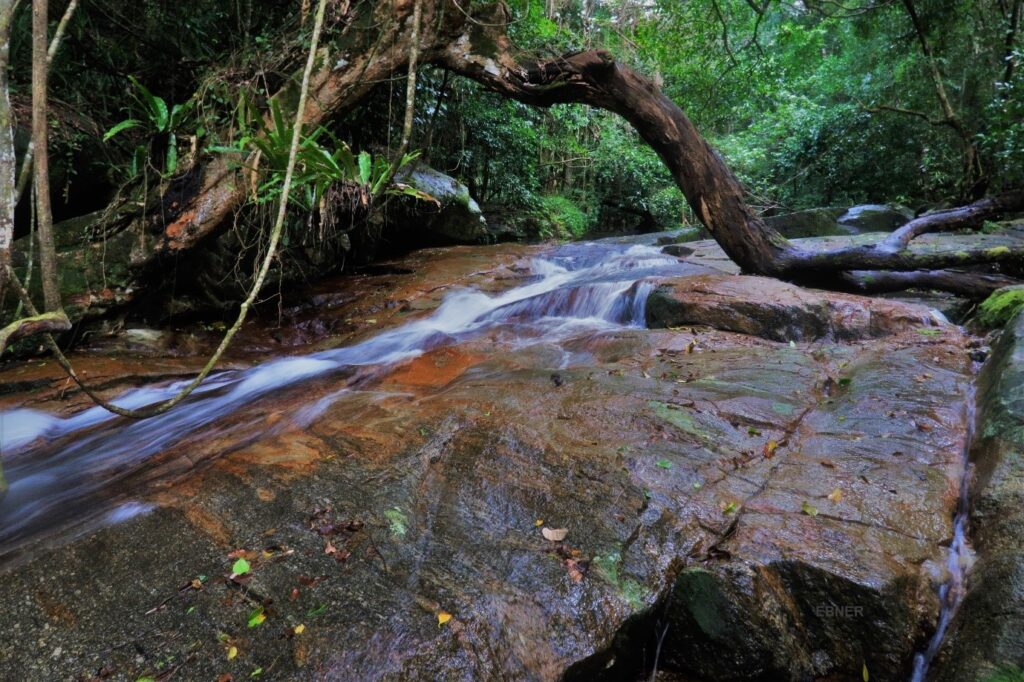
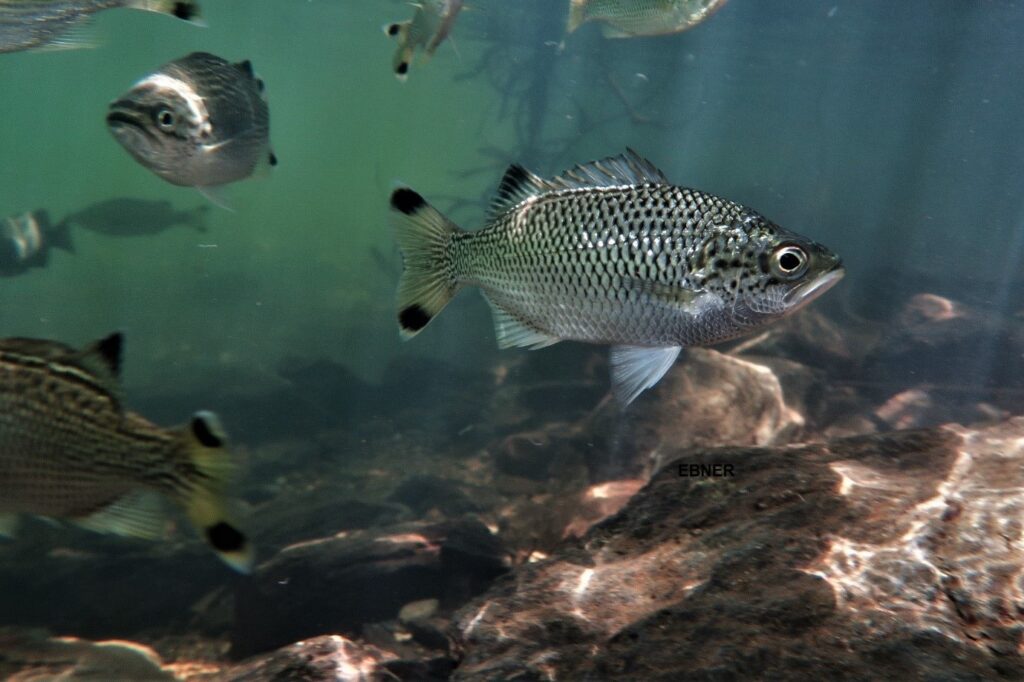
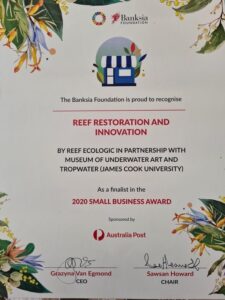
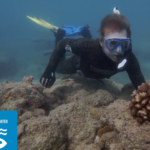 Congratulations to
Congratulations to 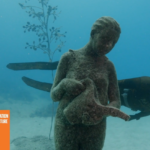 You can view their
You can view their 
